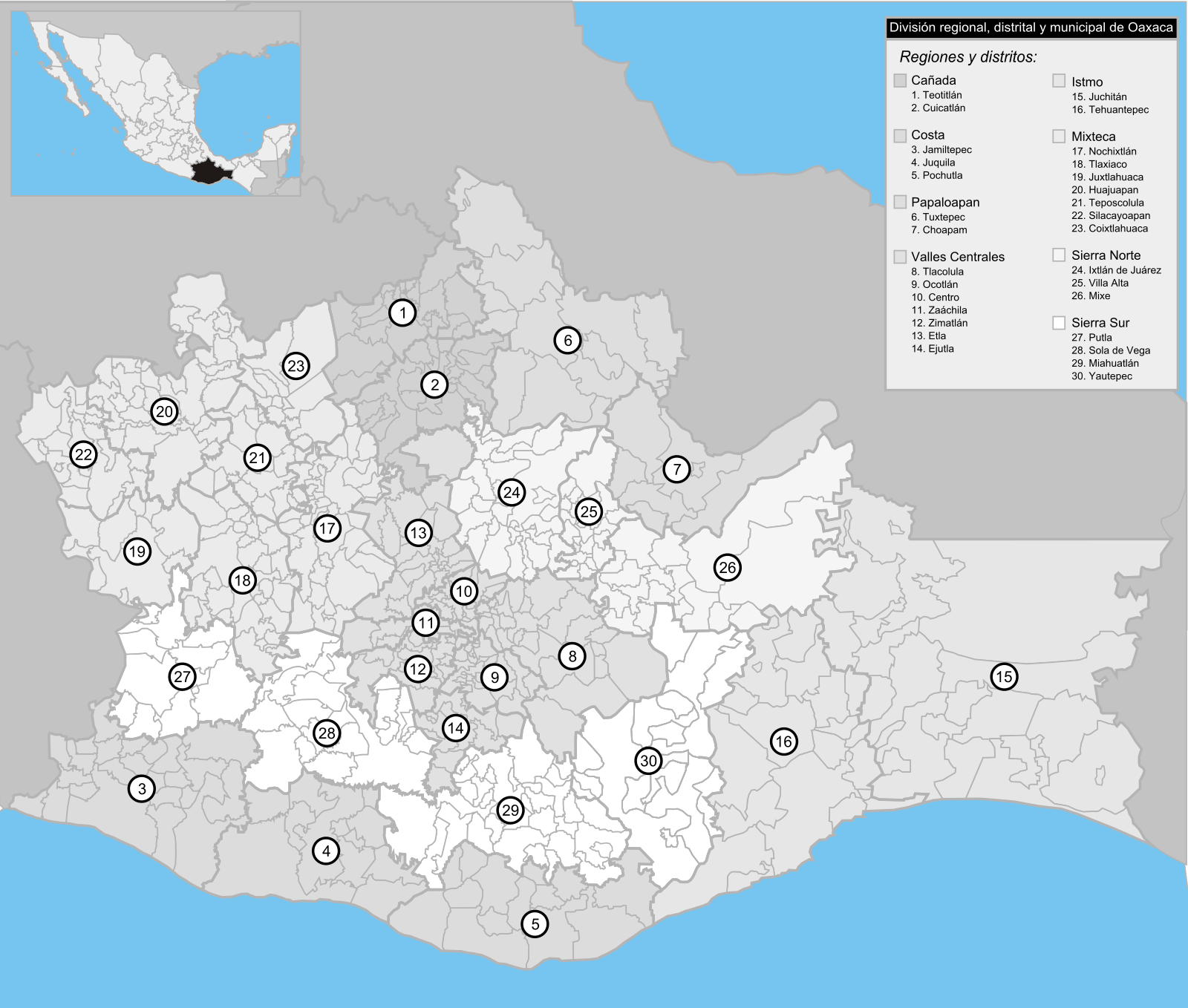Power of Attorney
The granting of power of attorney, a procedure common throughout colonial and republican Mexico, and in Latin America more broadly, occurred by virtue of a notarized legal document known as a “poder general” or “poder especial” (letter of attorney authorizing power of attorney for all legal business, or a particular legal case). Although highly formulaic, letters of attorney contain important information: who sought to grant power of attorney, to whom, and for what purpose. As letters of attorney attest, indigenous individuals and groups granted power of attorney to a range of legal representatives for a variety of reasons. Native people who were monolingual in their indigenous language needed legal representatives who were well versed in legal genres, discursive forms, and procedures, could interact with officials in Spanish courts, and shepherd cases through proper channels and stages of appeal. These figures often held no formal title; they were informal practitioners granted power of attorney by their indigenous clients. Some were indigenous themselves from the same communities they represented, and others were non-Indians from the district seat, the regional capital of Oaxaca City, or from the imperial and later, national center of Mexico City. The power they exercised as informal legal representatives gave them considerable access to and legitimacy within native communities and the district more broadly.

We have collected data from letters of attorney found in the archives of two of Oaxaca’s largest, predominantly indigenous and multilingual jurisdictions: Villa Alta, in the Sierra Norte, and Tesposcolula, in the Mixteca Alta, located in the Archivo Histórico Judicial de Oaxaca (AHJO) (Map 3). Villa Alta and Teposcolula boast some of Mexico’s richest district-level judicial archives for the colonial period and nineteenth century. We have also collected data from letters of attorney for both districts from Oaxaca’s notarial archive, the Archivo Histórico de Notarías de Oaxaca (AHNO), for which we will create additional maps and visualizations. Altogether, we have collected data (or are in the process of collecting data) from approximately seven hundred and fifty letters of attorney. Our first set of maps and visualization relies on data collected from one hundred and seventy-five letters of attorney from the AHJO for the jurisdiction of Villa Alta for the period 1700-1852 (Fig 5). Some letters of attorney grant power of attorney on behalf of multiple individuals or groups, or “grantors.” We count each grant or contract of power of attorney separately, bringing the total grants of power of attorney for eighteenth century Villa Alta to three hundred and thirteen (see the Methodology section for more on this).
